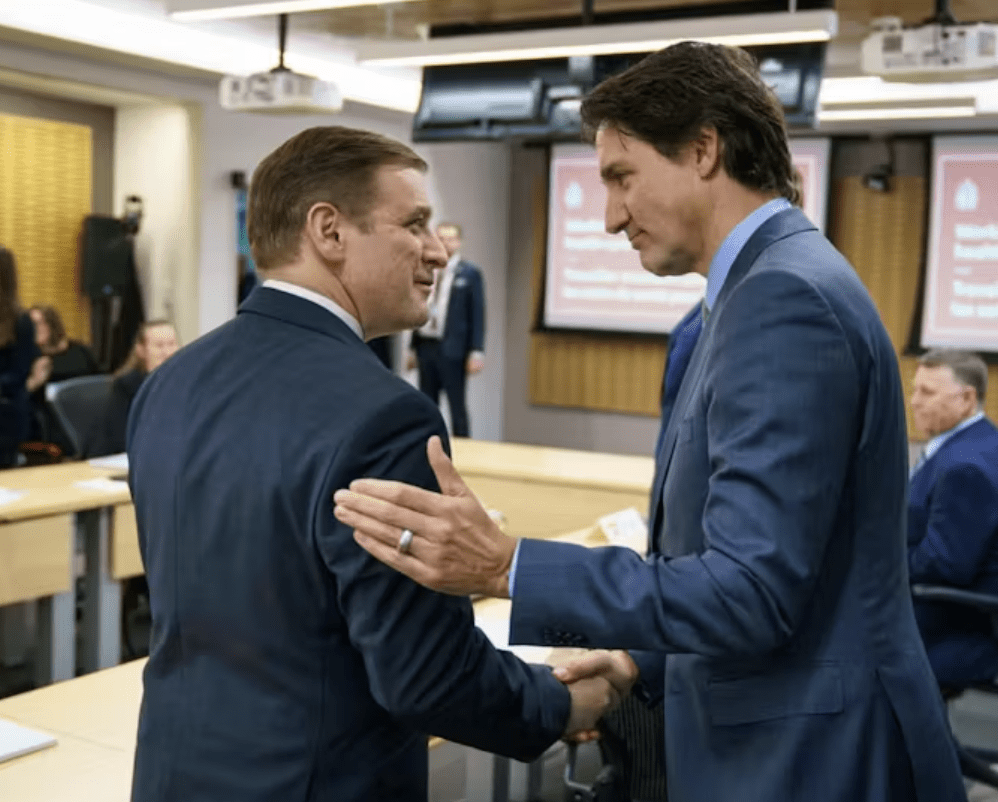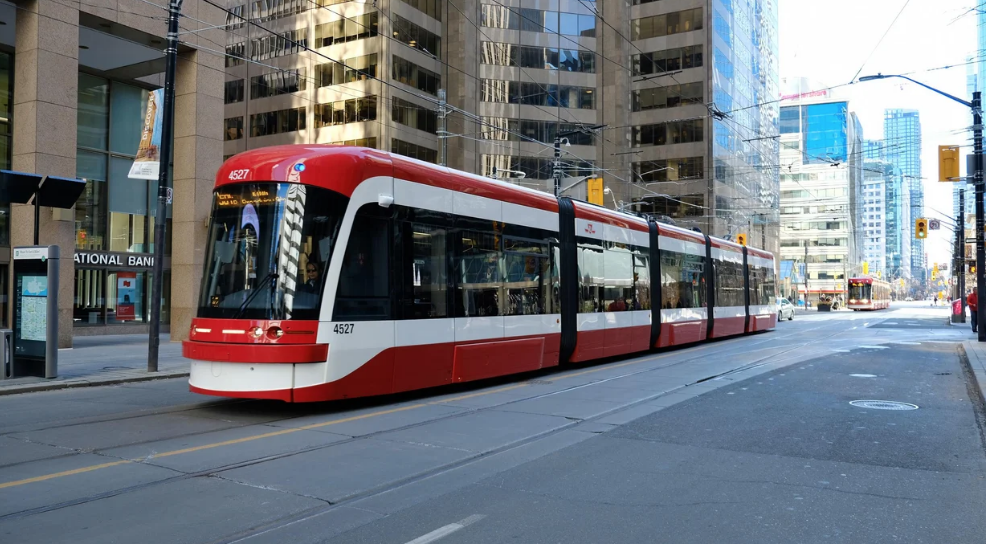Three billion dollars. That’s how much Premier Doug Ford’s two-and-a-half years of gas tax cuts will have saved Ontario taxpayers by Christmas.
Ford cut the gas tax by 6.4 cents per litre July 2022.
The move has been meaningful at kitchen tables across the province.
The typical two-car family filling up once a week has saved more than $850 at the pumps since Ford’s gas tax cut was put in place two years ago. And, thanks to the Ford government’s plan to extend the cut through the end of the year, families can expect to save an additional $225.
When the Ford government introduced its gas tax cut in July 2022, the finance ministry said the temporary six-month cut would leave about $645 million in Ontarians’ pockets. With that period now stretched out from six months to two-and-a-half years, Ontario taxpayers are set to enjoy savings of more than $3 billion.
Ford’s gas tax cut may seem like yesterday’s news given that it’s been in place for nearly two years. But the tax cut means Ontarians have had one of the lowest gas tax burdens in Canada, behind only Manitoba and Newfoundland and Labrador.
And the Ford’s gas tax cut has never been more important as the Trudeau government keeps hammering families with higher costs.
Since Ford cut the gas tax in July 2022, the Trudeau government has raised the carbon tax twice, adding roughly six cents per litre to the cost at the pump. Ford’s cut has helped struggling taxpayers blunt the impact of Trudeau’s tax hikes when filling up to get to work, take the kids to school or head to hockey practice.
And that’s part of the plan.
“With the federal government about to increase its costly carbon tax, it’s never been more important to provide relief at the pumps and put hundreds of dollars back into peoples’ pockets,” Ford said earlier this spring.
To Ford’s credit, he has spent his entire political career speaking out about the damage of the costly federal carbon tax.
“Carbon tax schemes are no more than government cash grabs that do nothing for the environment, while hitting people in the wallet in order to fund big government programs,” Ford said days after becoming premier.
Ontario taxpayers are also in the minority in terms of saving at the gas pump. Only Manitobans and Newfoundlanders and Labradorians also currently enjoy provincial gas tax relief.
More than 400,000 Ontarians are now working two jobs just to make ends meet. Fifty per cent of Canadians say they’re $200 away from not being able to pay their bills. Ottawa has been tone deaf by imposing carbon tax hikes and Ford is fighting to defend Ontario taxpayers from the Trudeau government’s reckless tax-and-spend antics.
Over the past 24 months, taxpayers filling up two cars once a week have saved nearly $850 thanks to Ford’s gas tax cut. That’s real money that pays for a month’s worth of groceries for a family of four.
There’s more Ford can do to lower costs for taxpayers. He should look at putting his $9 billion a year of corporate welfare on the chopping block to deliver even more relief for Ontario families through lower income taxes or a sales tax cut.
But the bottom line is that Ford deserves credit for implementing his bold gas tax cut for two whole years.
It’s good that Ford intends to keep up his fight for affordability by extending the gas tax cut until December. And before that temporary gas tax cut expires, taxpayers will once again be calling on Ford to deliver yet another extension.
Jay Goldberg is the Ontario Director of the Canadian Taxpayers Federation









